The Cornell Lab Bird Academy › Discussion Groups › Bird Photography with Melissa Groo › Practice Curating, Editing, and Sharing Your Photos
-
Bird AcademyBird AcademyWhat were your biggest challenges in the editing or curating process? How do you approach sharing your photos? Contribute your thoughts in the discussion below.You must be enrolled in the course to reply to this topic.
-
I haven't used any software to edit my photos yet, but with this course I can already take better photos that I will edit later with Lightroom or Photoshop. Thank you so much Melissa.

-
There are Red-shouldered Hawks in my neighborhood, an older section of West Los Angeles near a golf course. Every hawk call leads to me jumping outside with my Nikon Coolpix P950 camera. Recently I got a very poor shot of one with some wing feathers missing, likely a normal molt, which surprised me. I have now seen this bird many times perching on the highest point nearby, sometimes circling with as many as three others, and named her Wingy. The first shot was taken on 2/18 as she was calling loudly. A few days later I caught this probable mating attempt, and the following photo shows the defect in her wing, demonstrating that it was Wingy.



-
 You may be deceived, looking out your window on a snowy day, to think, 'That's just a clump of black birds in the far tree;'- that that clump can be overlooked and dismissed like the bare branches on which they clump. Take a closer look! Look how beautiful! On this day, when our little friend has ventured down from the branches to get a drink from the piling snow, you see how his starry plumage mirrors the flurry all around him! By no means 'common,' these are the same creatures about whose astonishing murmurations poets have written. See for yourself:
Starlings in Winter
by Mary Oliver
Chunky and noisy,
but with stars in their black feathers,
they spring from the telephone wire
and instantly
they are acrobats
in the freezing wind.
And now, in the theater of air,
they swing over buildings,
dipping and rising;
they float like one stippled star
that opens,
becomes for a moment fragmented,
then closes again;
and you watch
and you try
but you simply can't imagine
how they do it
with no articulated instruction, no pause,
only the silent confirmation
that they are this notable thing,
this wheel of many parts, that can rise and spin
over and over again,
full of gorgeous life.
Ah, world, what lessons you prepare for us,
even in the leafless winter,
even in the ashy city.
I am thinking now
of grief, and of getting past it;
I feel my boots
trying to leave the ground,
I feel my heart
pumping hard. I want
to think again of dangerous and noble things.
I want to be light and frolicsome.
I want to be improbable beautiful and afraid of nothing,
as though I had wings.
From:
Owls and Other Fantasies: Poems and Essays
Copyright ©:
Mary Oliver
You may be deceived, looking out your window on a snowy day, to think, 'That's just a clump of black birds in the far tree;'- that that clump can be overlooked and dismissed like the bare branches on which they clump. Take a closer look! Look how beautiful! On this day, when our little friend has ventured down from the branches to get a drink from the piling snow, you see how his starry plumage mirrors the flurry all around him! By no means 'common,' these are the same creatures about whose astonishing murmurations poets have written. See for yourself:
Starlings in Winter
by Mary Oliver
Chunky and noisy,
but with stars in their black feathers,
they spring from the telephone wire
and instantly
they are acrobats
in the freezing wind.
And now, in the theater of air,
they swing over buildings,
dipping and rising;
they float like one stippled star
that opens,
becomes for a moment fragmented,
then closes again;
and you watch
and you try
but you simply can't imagine
how they do it
with no articulated instruction, no pause,
only the silent confirmation
that they are this notable thing,
this wheel of many parts, that can rise and spin
over and over again,
full of gorgeous life.
Ah, world, what lessons you prepare for us,
even in the leafless winter,
even in the ashy city.
I am thinking now
of grief, and of getting past it;
I feel my boots
trying to leave the ground,
I feel my heart
pumping hard. I want
to think again of dangerous and noble things.
I want to be light and frolicsome.
I want to be improbable beautiful and afraid of nothing,
as though I had wings.
From:
Owls and Other Fantasies: Poems and Essays
Copyright ©:
Mary Oliver -
These photos are from a Hawk migration watch at Waggoner Gap, Penn in November. Most of the birds were coming over high making it hard to track and required more cropping than I'd like, up to 50%. The course made me much more aware of better tracking and composing the shot. I also have been over cropping and over using the tools Photoshop has available. This Pale Tail Red Tail Hawk was circling to attack an owl; seems they don't play well together. Tracking was difficult in that I had to open my zoom to keep the hawk in view and he/she was very fast. My Canon R5 with eye track worked great but my inability to compose and track on the fly needs a lot of practice. Warblers will in Ohio soon so the challenge is on.


-
I can tell I am cropping my photos too much. It does reduce pixels which reduces clarity, sharpness. I'll work on this issue.
-
When I first started out taking bird photos, I had no idea what I was doing. But I tinkered in the Photos app on my MacBook and found a process I liked, and I organized my photos on an external hard drive in a way that made sense to me. I’m pleased to find that my process wasn’t that far off the mark! Although there is definitely still room for improvement. I know I’m overcropping, and sometimes I feel like I rely too heavily on exposure adjustments after the fact, rather than getting it right in the field. My standards have also evolved over time in terms of what photos I find worthy of keeping or not (and I’m sure this will continue!). I spent some time practicing out by a lake where I was sure to find lots of birds. I was able to capture a sequence of photos of a Snowy Egret as it caught and ate a fish. When I uploaded the photos, I discovered that when the egret originally caught the fish, it had scooped up some algae in its bill along with it. The egret dropped the fish in shallow water in order to get rid of the algae, then picked the fish back up and gulped it down!



-
Editing photos is time consuming and can frustrate me at times. I don't have the means to pay for photoshop, but I found an editing program through nikon. It meets my needs. It doesn't have everything that photoshop has, but I am not a professional photographer. And I like to share my photos on Facebook and Instagram. Usually I post on my private accounts for just family and friends. I am also part of a PA birding group on facebook that I post some of my favorite to at times. When I first started birding, I would give facts about the birds I was photographing, but then stopped because I didn't think people read it, but after watching what Melissa Groo said, I know that it can make a difference. So, when I share more photos, I plan to try to educate people a little bit. I attached some recent photos of Ruby-throated hummingbirds I was lucky enough to observe their behavior, chasing each other around, yelling at each other. I edited them and I think the editing was worth it. And I also took a photo that was backlit to see how I liked it and it came out nice. Gives the hummingbirds feathers detail.



-
I archive by locality and month, in a subfolder of year, within a larger file subdirectory of country within continent. Doesn't sound like much but it sure is handy when you can't remember off the top of your head where you took a photo and what season it was. The hardest part of curating is working my way down to just one or two real keeper photos, if I've managed to observe a bird for a little while and get some decent shots. Also letting go of that new bird or animal if the photo is crummy. Most of the time I'll see it again if I manage to hang around in a region long enough! I post to Insta, mostly for friends, family and the occasional like-minded random. I'd still like to improve my shots a lot - I'm not very good at planning so far and I've a long way to go with technical skills.



-



-
My goal is to showcase the bird and its beauty, specially the colors. But for this shot I wanted to capture a unique behavior since she was standing still on a branch for a while. So I just waited for a few minutes until she reached for the seed on the tree and got ready with the camera. The hardest part is to crop the image since I like to show all the environment. I like seeing the forms of the leaves and how that form plays with the forms of the bird as well.
-
-
The two images below are of mergansers on their way south. The light was amazing difficult to master. Note I have not done any editing as yet the purpose of the images was to capture their "walking on water" as they began to take off. There is a sequence of 8 images from the birds swimming to taking off. In some ways it is that process I wanted to capture. Let me explain how I edit and curate and then share my images. The first two start when I set up my camera in the field. I use a CANON EOS 90D mounted on a tripod with a 400mm telephoto lens with a 2x extender. I use manual and shoot raw. I collect the images on a 128 gb card with reach at 160 and write at 90. I use one card for each project and save the cards in a protected file as well as storing the contents in several places on the computer. I have a unique file for each day and I rename the CANON file format such as OSPREYAUG31st and then store the file in a file with a monthly title, such OSPREYAUG2021. My first editing starts when I am out of the field and I go through the images on the camera; because I use RAW I can not crop but I do use the magnification tool to look at what I might find. I do remove those that are obviously problems such as an image of the sky or the ground as a result of moving the camera on the tripod. In a two hour period I may have as many as 200 images. I know that this is all to great but I do go back and examine specific images; this is critical since I am monitoring the birds, usually the same pair, over the years. I have kicked myself all too many times for purging because an image did not make sense at the moment. After many years of Lightroom I switched to DxO Photolab 4with the Nik Collection about four years ago. I remain a minimalist from days of black and white film in the darkroom. Burning, dodging and cropping represent my basic procedures. Sometimes I go to Photoshop as discussed in this course. My philosophy is to allow nature to say what it is. Many friends comment "if only you could rid of the leaves" this would be a great picture. My approach is produce what I find and what I see not what I would like to see. There are few places where more editing takes place especially with bird eyes, for example, younger ospreys have different coloration than older ones. Photolab 4 has a wonderful transfer system from its files to a variety of places. When I use the Nik Collection I save in tiff format which then allows me to go back and reedit an image easily. It also has a simple project function. In all cases, I add my name, copyright and key words for sorting images. My biggest challenge is managing lots of large files; this summer I took over 3,000 images. As I move toward sharing images I print 4" 6" prints and file them with cards containing relevant information. I use a old fashioned card file. This gets me away from the computer and to the extent I share prints even at this scale I have some idea of what the final product will be. Yes, I reset color on screens but I work with two computers and a monitor all which can have varying light condition. The darkroom approach is what I know and it only is missing the smell of chemicals. I generally share single images or one or two as seen here. Often I include them in cards and have over the years published small books for gifts. I approach photography as exploration and discovery like me heroes of the polar world.


-
I have taken classes in Photoshop, so editing is just something I enjoy a great deal that is not overly challenging. My classes in Photoshop were some time ago, though, and this was great review. Organizing photos is another matter. It's not that I have trouble organizing, it's that I procrastinate because I don't like to do it. Melissa's ideas for organization motivated me to take the time. I especially appreciated Melissa's encouragement to find ways to educate, arouse interest, and motivate people to take action for birds. I have been writing about my gardening for wildlife and the large sanctuary I've developed all around my home in the last 10 years. I begin with info about all the trees, bushes, flowering plants and how they are beneficial to wildlife - and I end with the wildlife that has been attracted and illustrations of my favorites. So far, I have my own color pencil drawings, but I would like to add my own photos, too. I had thought of this as a gift to family and friends, but I could also make it into a blog or powerpoint presentation. Melissa has motivated me to take that extra step in the future....
-
A pair of White-tailed Kites in breeding behavior, with three photos to tell the story. Encounter, approach and breeding. Don't know which of my other photos might have told the story better. One problem I faced was the position of the branches. Even though they do tell of the environment, they are a distraction. I tried editing them out but opted to keep them in as a sort of framing device. Chose to crop the last photo tighter as well. Don't know if my decisions are the best ones or not.



-
El mayor de los desafíos es elegir una fotografía que al final no me convence. Sin embargo al compartirla en mis redes sociales es algo gratificante poder mostrar una parte hermosa del mundo, dar a conocer especies comunes que talvez algunas personas no habian visto por que no se dan el tiempo de observar y darse cuenta lo hermosas que son las aves .
-
One of the biggest challenges I have in the editing process is deciding when the photo I am editing looks the way it should.To be clear, I want good photos but I want them to replicate what I see and knowing the benchmarks for each post-processing step is a new goal. The editing portion of this course was great and while I see much improvement in my edits, I have difficulty recognizing when I have reached my goal. Going step-by-step following the sequence Melissa uses because I have no other baseline, I continue to learn. I want to remain true to the goals I established in the early lessons here of focusing on learning more about the bird and less on the photography. I try to read carefully in Birds of the World and my field guides to better recognize the image as it should be but sometimes question my outcome as looking fake or unrealistic. At times, I even like the original photo better than the edited one because it shows the feeling and emotion of my moment in time more and perhaps less the exactness of the bird. I am using the free version of PhotoScape X after testing both it and Darktable and finding PhotoScape X having a shorter learning curve. I also recognize the capabilities are not that of tools used by professionals. Here are a few of my newbie attempts. Suggestions for benchmarking would be greatly appreciated.


-
One of the biggest challenges I have with the editing process is that I am color blind in the blue-green and red-orange ranges. So I do a lot of guessing. Finding the right software for curating is an issue -- all of them seem to have a steep learning curve. For the moment, I am using Apple Photos. What is not clear is how to organize the original photos, edited photos, and backups. The photo of the Tufted Titmouse I edited slightly using Apple Photos. If I had the proper tool, I would have removed the branch that cuts across the bird's body.

-
I found that sharing one photo a day on my instagram (@oiseaulune_) is rewarding in two ways. It is an easy way to share my photos and sometimes tell a story about the bird I found. It is interesting to look up facts that illustrate the photo published. Also, instagram allows me to see other people's birding adventures and learn more about birds. It is such an amazing community of people who all share the love of nature. For example last month, I found this Fox Sparrow in my front yard. It was missing its tail. After consulting a couple of birders friends they suggested that it had certainly lost its tail out of stress caused by a fright (maybe a neighboring cat), it is called "fright molt". Thanksfully the tail will regrow. I shared this fact and photo on instagram. A photo can really trigger our desire to look for more knowledge and delve more deeply into the fascinating world of birds.

-
The biggest challenges for me in curating and editing are cost of editing software, learning curve to master editing software, and patience to actually sit and do the editing. Consequently I currently am striving to take the best phots I can to minimize need for a lot of editing.

-
Melissa made a great point about including a story about the birds in the photos we post. Some viewers will know little about birds and might appreciate added context. With that in mind, I posted on my own page the following description of a flock of white pelicans and their interesting feeding behavior: This flock of white pelicans treated me to a fascinating display of communal hunting. They swim in a tight bunch into a confined area along the shore. Seemingly on cue, they all tip at once to feed head down (showing their black undersides). A few seconds later they're back upright and casually swimming away from shore, ready for another round. It's easy to imagine why they engage in such social behavior. By swimming in a tight group in shallow water, they presumably herd fish ahead of them, into a confined space. Once there, if they tipped individually, fish could dodge them more easily. But when they all tip together, dodging one bill puts a fish right into another bill. Great if you're a pelican, less so if you're a fish!
 Once they've cut off escape routes for the fish, they all tip together to feed. I'd love to know what signal they use; they all tip simultaneously.
Once they've cut off escape routes for the fish, they all tip together to feed. I'd love to know what signal they use; they all tip simultaneously. After a quick feeding frenzy, they head back out to open water, where they'll repeat the cycle a few minutes later.
After a quick feeding frenzy, they head back out to open water, where they'll repeat the cycle a few minutes later.

-
I live in southern CA and see both brown and white pelicans, usually at the beach or in saltwater marsh areas. I never saw the feeding behavior until a recent trip to the San Diego Creek (Irvine). As Richard describes above, it is fascinating. I got a couple of shots of 7 white pelicans feeding.

-
Second shot - actual feeding.

-
That's very cool, I've never seen group feeding with pelicans unless they're mobbing fishermen down at the jetty. Thanks for sharing the photos and story!
-
This is such a great example of how posting a series of photos can tell a story and make each image more compelling than if it was alone. The synchronization is so neat!
-
-
My biggest issue is deleting. Do I really need 57 photos of a Red-tailed Hawk in flight? Probably not. By nature I’m very much a minimalist, but this doesn’t seem to apply to photography. I need to learn to let go and delete—just keep the best shots, and when I improve on those, delete the older ones. I do keep lousy photos just for bird I.D. Sadly, I have quite a few of those! But those constitute my evidence that I’ve seen certain birds, especially the rare ones like the Masked Booby that was way out of range for my lens, but I took the shot anyway just to have it. Who knows when I’ll ever see one of those birds again? In terms of editing, my problem is over cropping, and according to what Melissa taught us, I probably need to get a better camera with more pixel power. I’m salivating over the Nikon D850; my D7500 just isn’t cutting it anymore. I use a 500mm f/5.6 lens for birding, and sometimes that doesn’t feel like enough, hence the desire to crop, but I just can’t carry around any more weight than that. Adding a teleconverter makes low light photos near impossible with this lens. So I need to save up. This is an expensive hobby! I enjoy sharing on FB bird and nature groups, and I love to see what others are contributing. I try to limit my sharing to one or two of my best shots of the day, maybe a few more if I’ve had a banner day or if a sequence of shots tells a compelling story. Nobody wants to look at 20 shots of a Snowy Egret. At least I don’t think they do! Sometimes I’ll share a bit of info about the bird, especially if it’s a rare one or one that has traveled far, and when sharing photos of fledglings, nests, etc. I do explain my process so folks will know I’ve respected the bird. So in keeping with my philosophy, I’ll share one photo that I took yesterday that I’m proud of: A Red-tailed Hawk in flight. I’ve been trying and trying to get a decent shot, and I think this is the best so far. It was close enough not to require much cropping. Yay! And I gave it a bit of room, thank you, Melissa, to fly.

-
Yes! And then knowing the task of weeding through them all to save the best couple of photos is awaiting you… I try to take care of it all right away but sometimes I just don’t.
-
I also take bad photos just for ID sometimes. I never manage to get back and delete the much older photos that were awful, but the goal is always to get a better shot, with better technique. Got several hundred photos of great kiskadees and burrowing owls now..
-
-
Like I had said in my last submission, I always am excited to go to Presque Isle State Park because, on any given day, you never know what bird you may see that is either a permanent resident, that came out of seclusion, or a bird passing through, that just stops to enjoy the beauty of Lake Erie. When I post my pictures, I usually post them to my Facebook Page and many of my friends respond by telling me how much they enjoy the pictures I post because it gives them the opportunity to see the birds from the park and be in touch with nature. One such day happened last week when I was riding around the park and came to an area known as Perry's Landing. At the Landing I saw a gaggle of geese, floating in the water and among this gaggle was a lone Mute Swan. The area where the Geese and Swan were has a foot path you can walk along to be near the water, but not too close, so as to disturb the birds in the water or near the shoreline. The Mute Swan is a beautiful bird and a very graceful bird of the water. As I watched this particular Swan, it had been dipping into the water fishing for food. At the point when I started to take my photographs, the Swan was smoothing it's feathers and settling in to relax as it floated along, in the water. To just watch the grace and calm mannerisms of the Swan creates a calm sensation in all who watch this peaceful scene. With the lighting of the day, the blue skies, and the deep blue water, the pictures required just a little editing to enhance the clarity of the photo. To be in the presence of the Mute Swan is to be in the presence of grace!



-
Love the way the eye is so visible! I rarely see swans, but when I do I just can't seem to get the eye to show! Tips?
-
-
When going birding in my area, the best place to go birding is Presque Isle State Park, at Lake Erie, in Erie, Pennsylvania. I especially love to bird at this time of the year because the summer season is beginning to slow down, the tourists leave, and the birds can reclaim their favorite spots. Three days after taking pictures of the Canada Goose, I went to the North Pier and found one of my favorite birds, the Great Blue Heron. The Heron love to hang around the Pier because they stay close to the fishermen on the Pier and sometimes are able to catch a goby from a fisherman, who throws it in the Heron's direction. The area along the Pier is filled with people enjoying a walk along the Pier or Fishing on the Pier, and the Heron are not intimidated by the people on the Pier. There are times when a human may get a little too close for comfort and the Heron will make a small adjustment and maneuver it's way into a more secluded area where it still has a vantage point, focused on the water or fishermen. On this day I was able to capture a picture of a Heron making just such an adjustment. A couple strolling along the Pier didn't notice the Heron until they came a little too close and the Heron moved to safer ground. I was able to get the photo of the Heron's moving into a new, safer area. When I went to edit the pictures, I was disappointed that the Heron was not facing me, but to my side. I was fascinated when I saw the flecks of water coming off the feet of the Heron, as it took flight. This bird is huge and again my editing challenge was to go easy in the cropping of the heron, to try and get the effect I wanted, showing the flecks of water coming off the legs and feet. It is fascinating to watch a Great Blue Heron as they take their position on the Pier, to fish with the other fishermen that come everyday to the Pier.



-
When editing my photos, I use the editing software that came with my Canon cameras. I usually begin by cropping the photo, if cropping is necessary, then I take a look at the sharpness of the photo to see if I need to making adjustments there and finally I do an auto adjust of the photo. Sometimes I accept the auto adjust and other times I like to let the photo stand as is, as I remember the lighting and situation that caused me to take the photograph. I think, for me, my biggest challenge is that I crop too much of the photo, when I should let the photo show the environment around the bird. The first set of pictures I am submitting are of a Canada Goose taking flight from on the water. I can see that I should have given more room for the Goose to take flight in the picture, but I was fascinated with how the goose seemed to be walking on water and using the water to push off and take flight. I continue to practice capturing birds taking flight or in flight. The result of my photography is below in a series of shots that show the progression of the Canada Goose as it takes flight.



-
My biggest challenge in the editing process had always been noise reduction; learning to keep ISO to a minimum and "expose to the right" always confused me! (I always though what I saw through the lens was the correct exposure with only my eyes to judge; but what I discovered while editing was that my shadows and blacks were always blown out!!! And of course generated a lot of unnecessary noise. So now I spot meter on the lightest part of an image.I heavily depend on my histogram, along with my RGB histogram. Important to read the red, green and blue histogram so you don't blow out those colors, especially in a sunset image or sunrise. I look for "blinkies" too, to judge my image exposure. It taking me a lot of time and patience to learn a new editing program-LightRoom Classic & Photoshop. I'm still trying to catalog my images that are scattered into the correct folders and collections so that I can find them in a few strokes of my keyboard-someday! I am sharing an unusual behavior of Killdeer parents who use a "broken - wing display, also known as "injury feigning", a predator response. Before displaying this fascinating dance, First, he ran away from his young chick, who was hiding behind weeds, and began to make alarm calls. I suppose it was the father Killdeer, because mama was with the chick. (After they hatch, both parents lead them out of the nest to feeding territory.)

 When the bird had the predator's attention, he turned his tail and displayed the threatening orange color of the rump. He then crouched, drooped his wings, and lowered his tail. With increasing intensity, the wings are held higher, & the tail fanned out. Accordinging to Wikipedia, this is done to protect a chick that is likely to fledge, since sadly, about 53% of eggs are lost to predation by various birds and mammals. This image was taken at Gilbert Water Ranch in Phoenix, AZ.
When the bird had the predator's attention, he turned his tail and displayed the threatening orange color of the rump. He then crouched, drooped his wings, and lowered his tail. With increasing intensity, the wings are held higher, & the tail fanned out. Accordinging to Wikipedia, this is done to protect a chick that is likely to fledge, since sadly, about 53% of eggs are lost to predation by various birds and mammals. This image was taken at Gilbert Water Ranch in Phoenix, AZ. -
Ok everyone, I have a very basic question. I am in need of new electronics. Right now, I have an iPad mini and an old laptop and old desktop. I am thinking of replacing one of these to support my new photography habit. 😂 I have not used Lightroom, photoshop or any of the editing software yet as I have owned a “real” camera for only 4 months. (Nikon D500) and I’ve been focusing on learning the camera itself. Quite a steep learning curve. My question - what electronics does everyone use to edit their photos? Do I need to get a new desktop to do all the fancy editing? Can I just get a fancy tablet? IPad Pro? How about memory issues - GB’s? Any and all suggestions would be so welcome. Christmas is coming 🎄 Thanks in advance!
-
I had the same issue and replaced my ancient and very slow laptop with an IPad Pro that has 2 TB of storage. The display is crystal clear; I can upload directly from the Nikon to Lightroom in seconds—a few minutes if I have hundreds of RAW files to upload. It’s amazing. Lightroom Mobile might not have all the features of Classic, I’m not sure, but it feels like more than enough for my purposes. Screen is 12.9” and if there’s a grainy photo, it’s quite obvious. Best display I’ve ever seen. Good luck!
-
Honestly I'd say the thing that made the most difference for me was pairing camera+decent telephoto lens with Lightroom. Once I moved up to a longer lens everything started looking way better. And the basics of lightroom aren't hard to learn. You can get it on subscription so if money gets tight, it's easy to drop.
-
Read More:

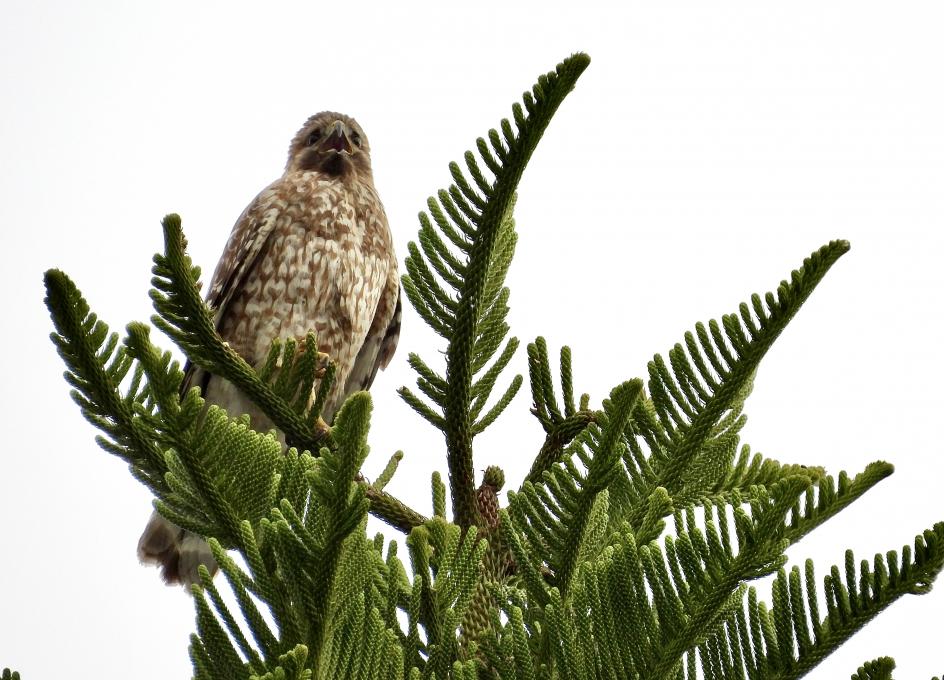

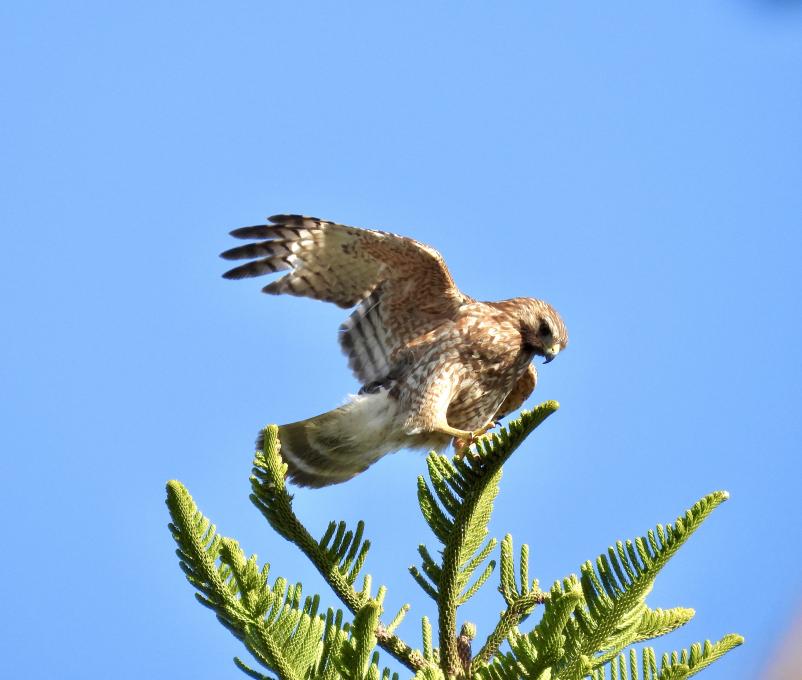
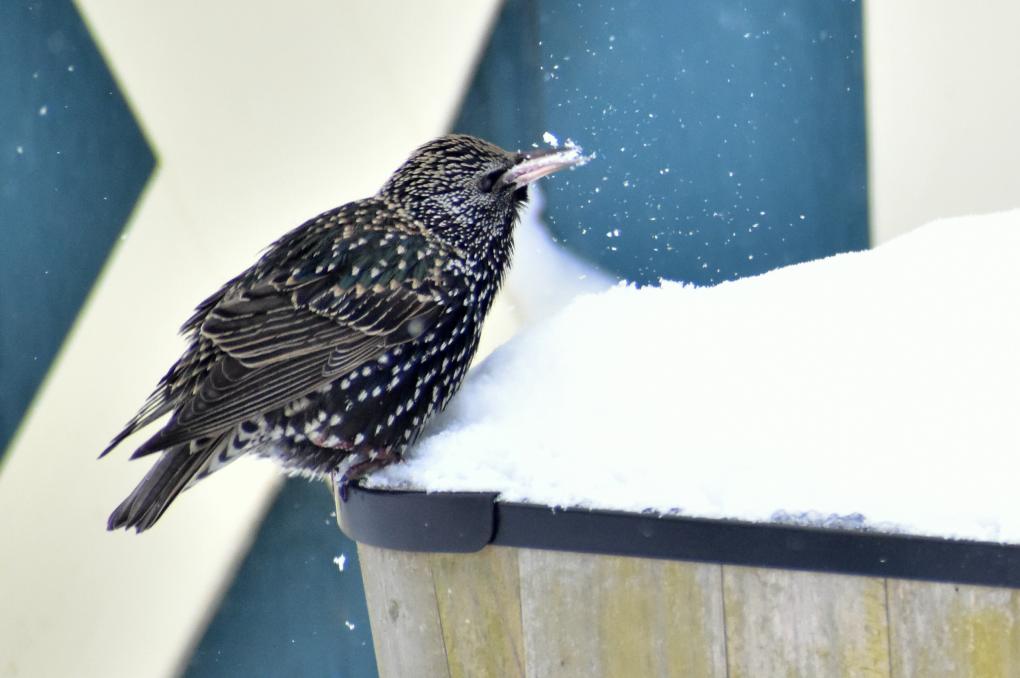 You may be deceived, looking out your window on a snowy day, to think, 'That's just a clump of black birds in the far tree;'- that that clump can be overlooked and dismissed like the bare branches on which they clump. Take a closer look! Look how beautiful! On this day, when our little friend has ventured down from the branches to get a drink from the piling snow, you see how his starry plumage mirrors the flurry all around him! By no means 'common,' these are the same creatures about whose astonishing murmurations poets have written. See for yourself:
Starlings in Winter
by Mary Oliver
Chunky and noisy,
but with stars in their black feathers,
they spring from the telephone wire
and instantly
they are acrobats
in the freezing wind.
And now, in the theater of air,
they swing over buildings,
dipping and rising;
they float like one stippled star
that opens,
becomes for a moment fragmented,
then closes again;
and you watch
and you try
but you simply can't imagine
how they do it
with no articulated instruction, no pause,
only the silent confirmation
that they are this notable thing,
this wheel of many parts, that can rise and spin
over and over again,
full of gorgeous life.
Ah, world, what lessons you prepare for us,
even in the leafless winter,
even in the ashy city.
I am thinking now
of grief, and of getting past it;
I feel my boots
trying to leave the ground,
I feel my heart
pumping hard. I want
to think again of dangerous and noble things.
I want to be light and frolicsome.
I want to be improbable beautiful and afraid of nothing,
as though I had wings.
From:
Owls and Other Fantasies: Poems and Essays
Copyright ©:
Mary Oliver
You may be deceived, looking out your window on a snowy day, to think, 'That's just a clump of black birds in the far tree;'- that that clump can be overlooked and dismissed like the bare branches on which they clump. Take a closer look! Look how beautiful! On this day, when our little friend has ventured down from the branches to get a drink from the piling snow, you see how his starry plumage mirrors the flurry all around him! By no means 'common,' these are the same creatures about whose astonishing murmurations poets have written. See for yourself:
Starlings in Winter
by Mary Oliver
Chunky and noisy,
but with stars in their black feathers,
they spring from the telephone wire
and instantly
they are acrobats
in the freezing wind.
And now, in the theater of air,
they swing over buildings,
dipping and rising;
they float like one stippled star
that opens,
becomes for a moment fragmented,
then closes again;
and you watch
and you try
but you simply can't imagine
how they do it
with no articulated instruction, no pause,
only the silent confirmation
that they are this notable thing,
this wheel of many parts, that can rise and spin
over and over again,
full of gorgeous life.
Ah, world, what lessons you prepare for us,
even in the leafless winter,
even in the ashy city.
I am thinking now
of grief, and of getting past it;
I feel my boots
trying to leave the ground,
I feel my heart
pumping hard. I want
to think again of dangerous and noble things.
I want to be light and frolicsome.
I want to be improbable beautiful and afraid of nothing,
as though I had wings.
From:
Owls and Other Fantasies: Poems and Essays
Copyright ©:
Mary Oliver 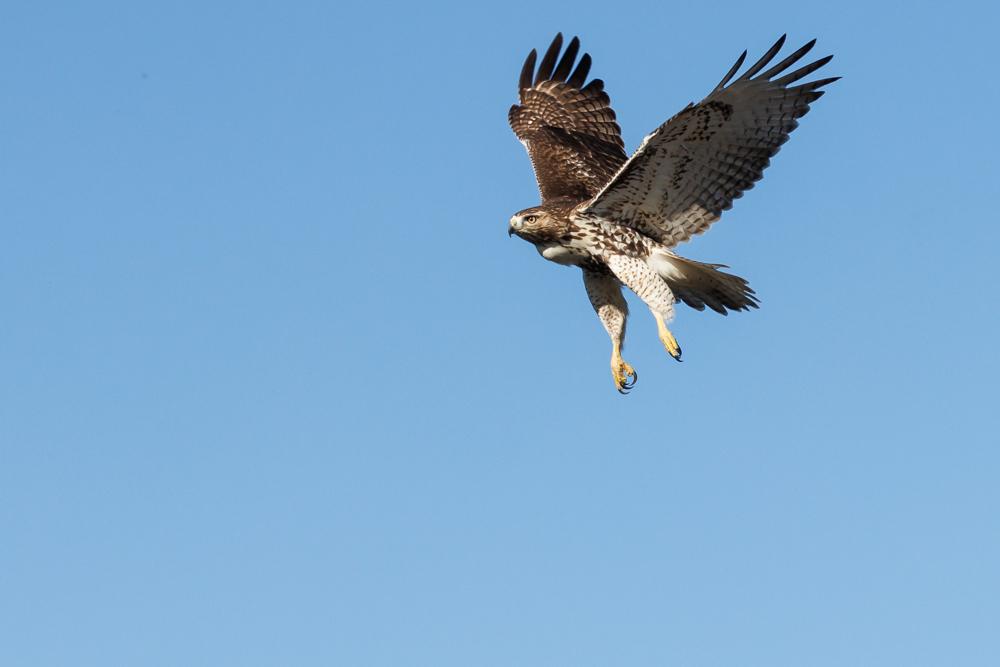
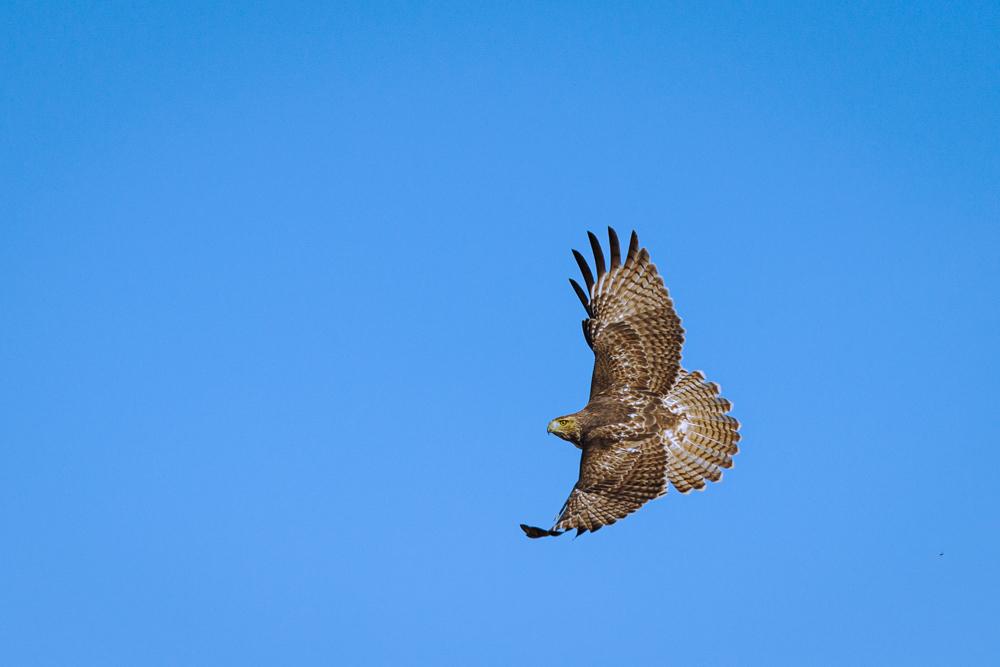
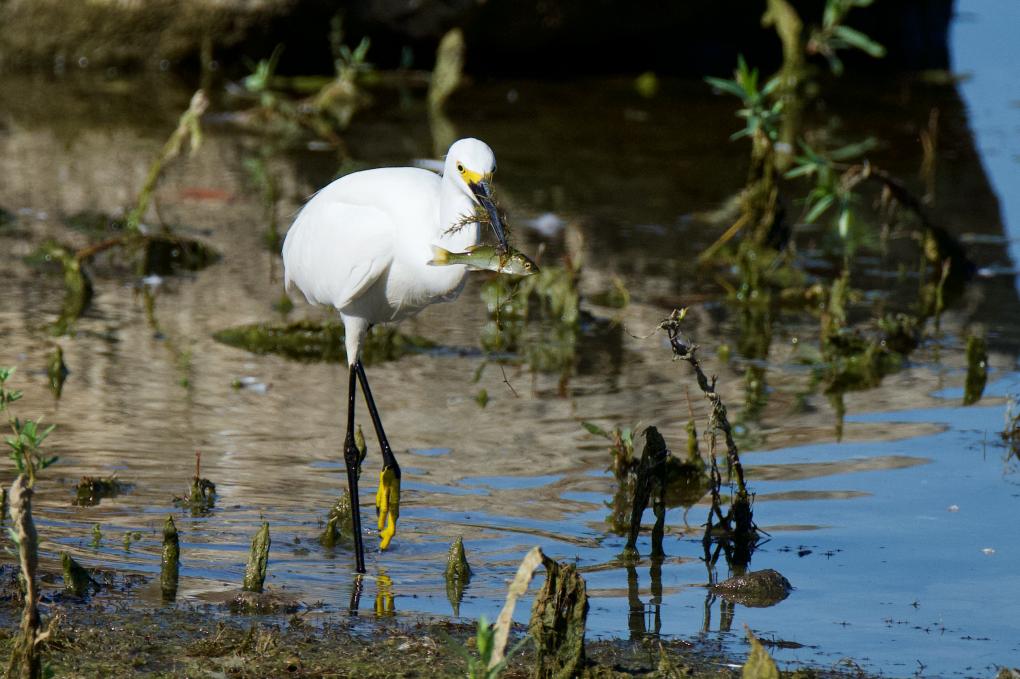

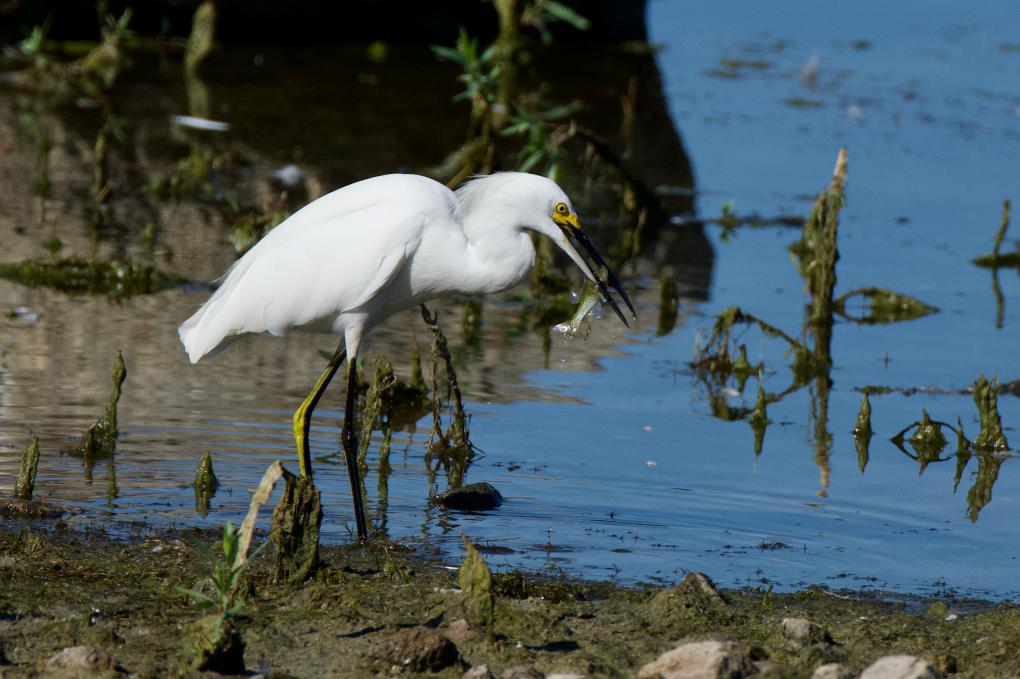



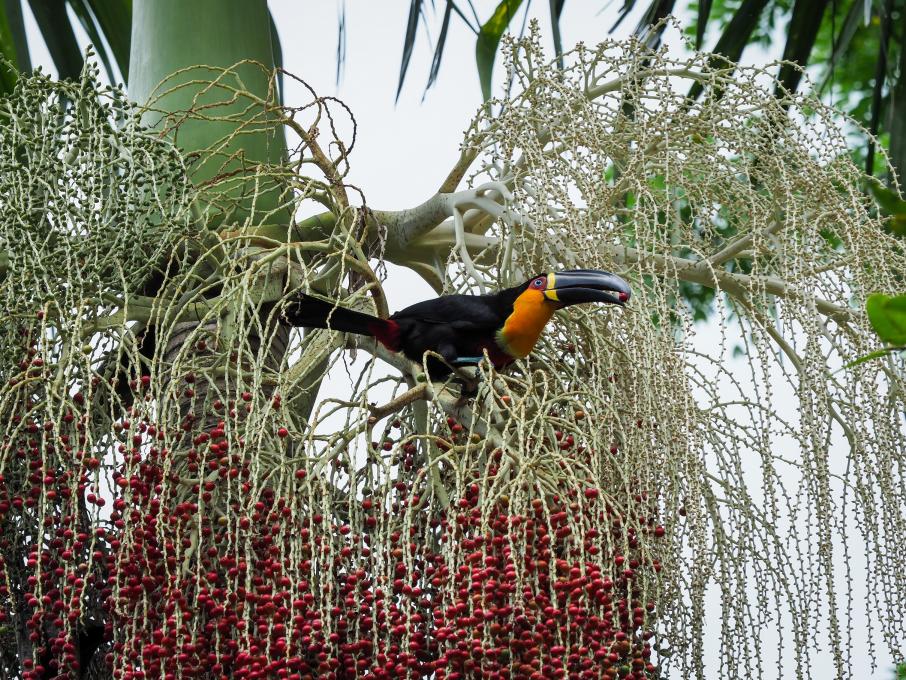
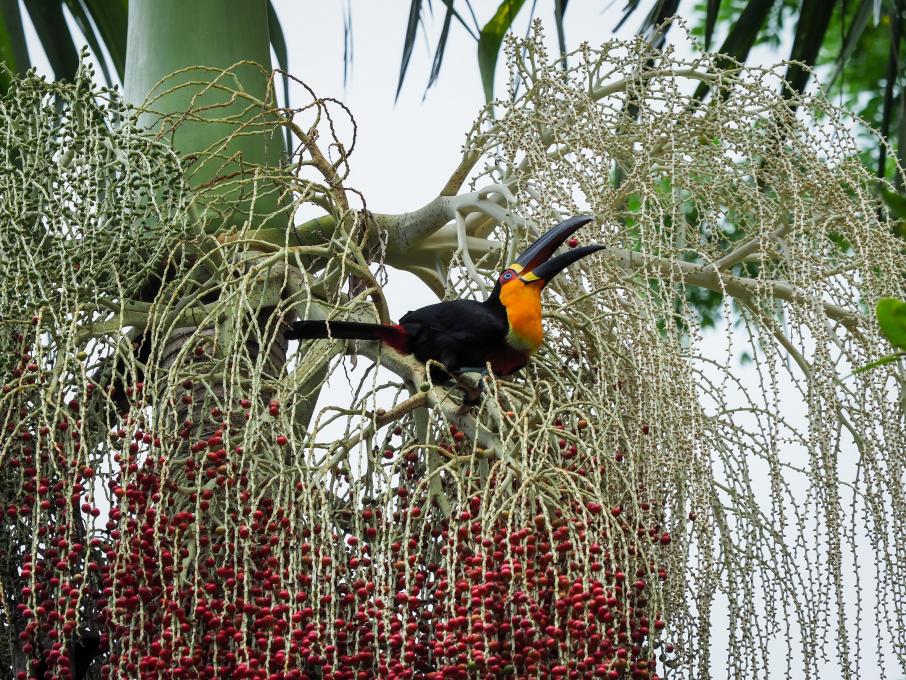

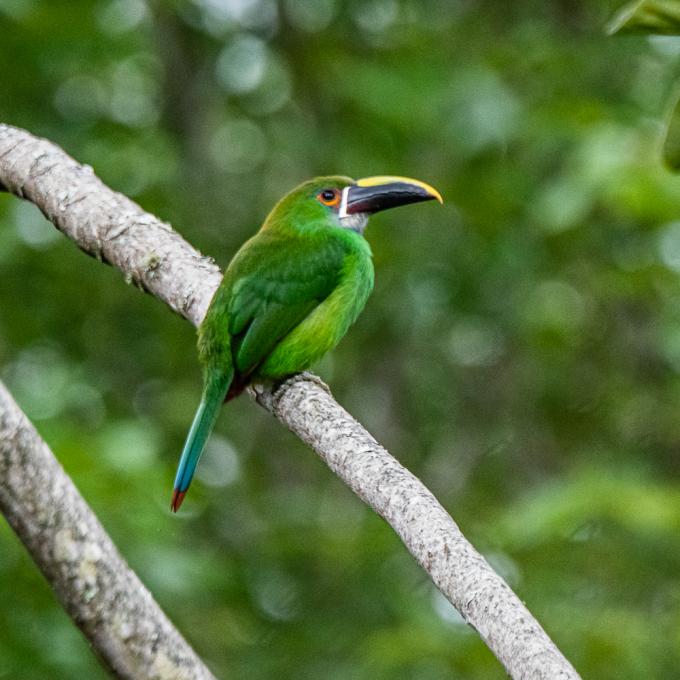
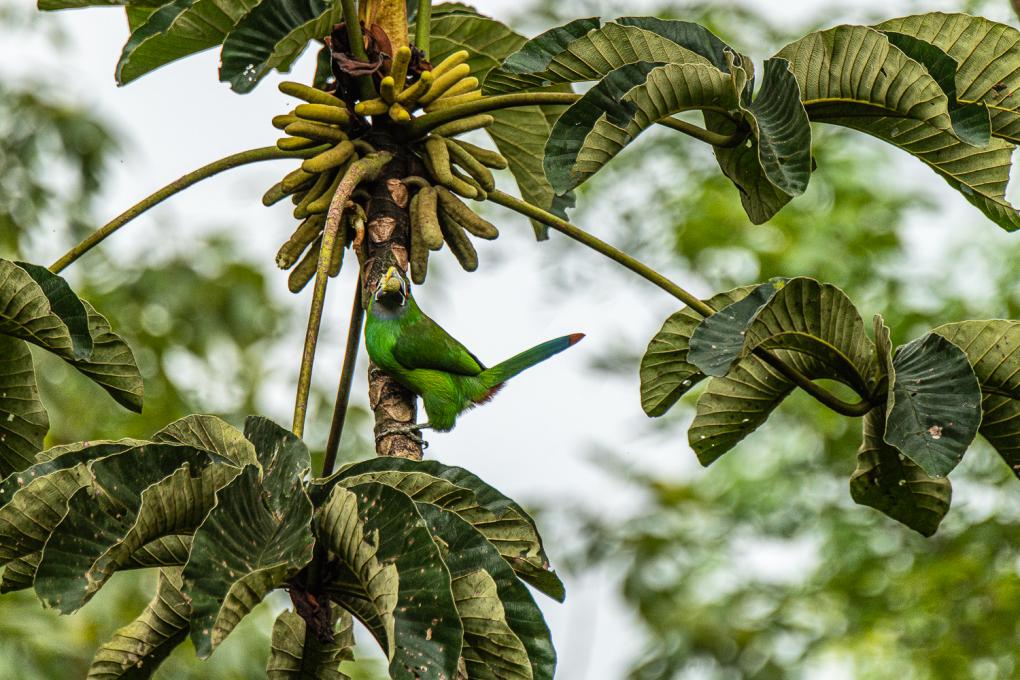
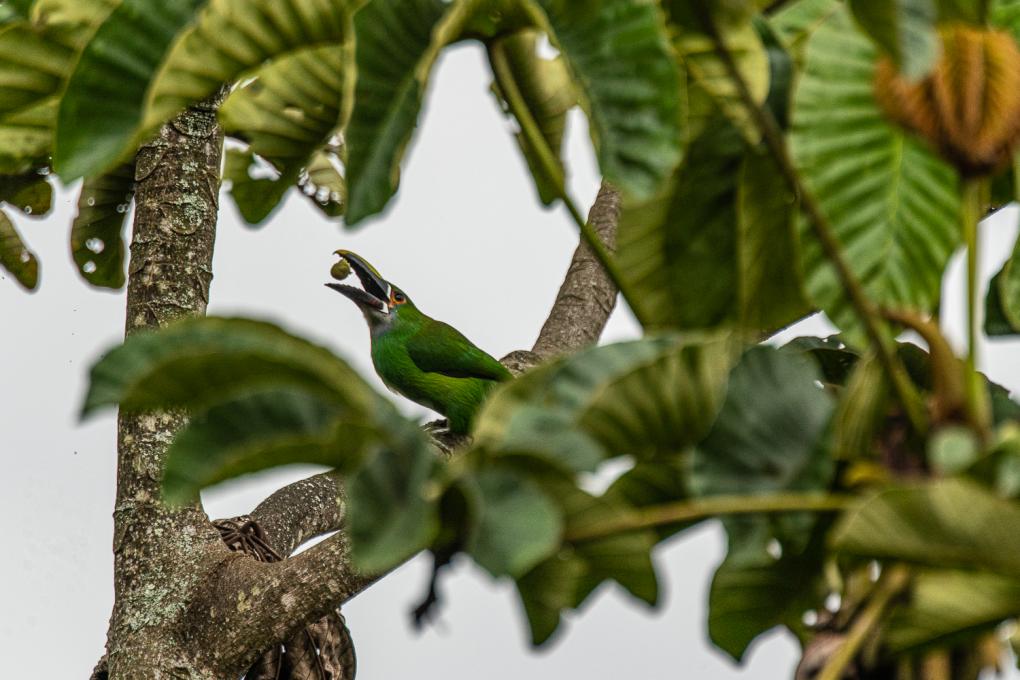

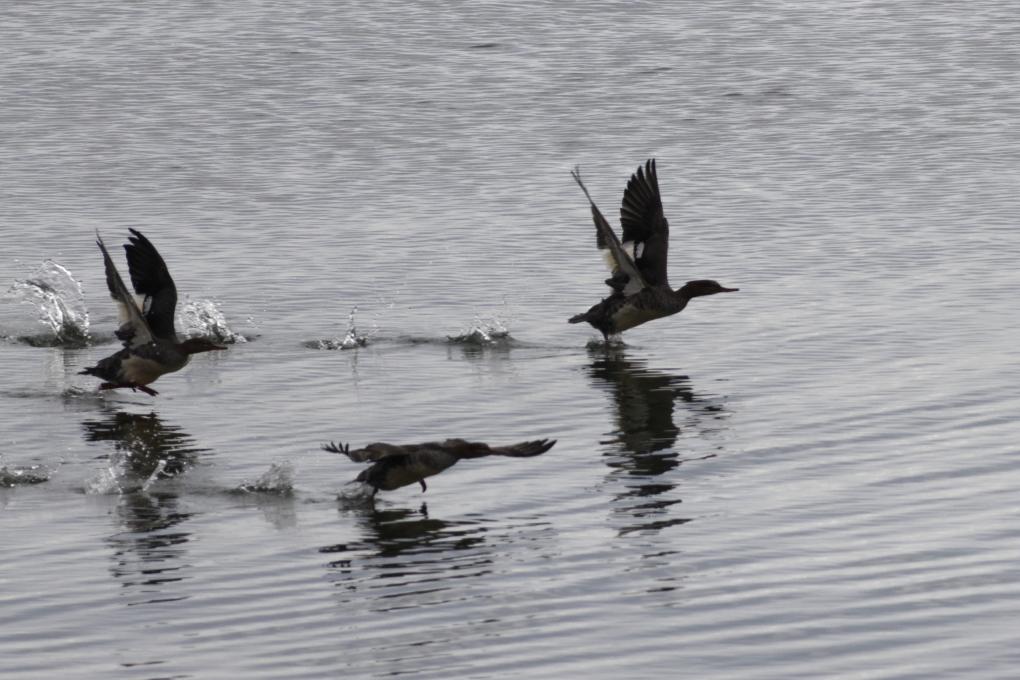




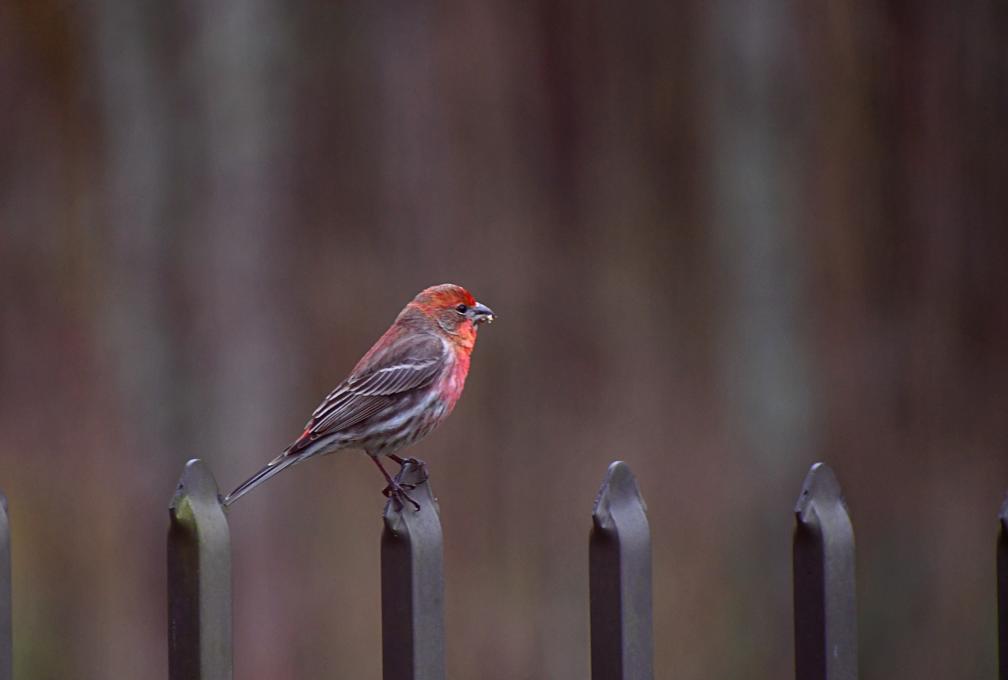

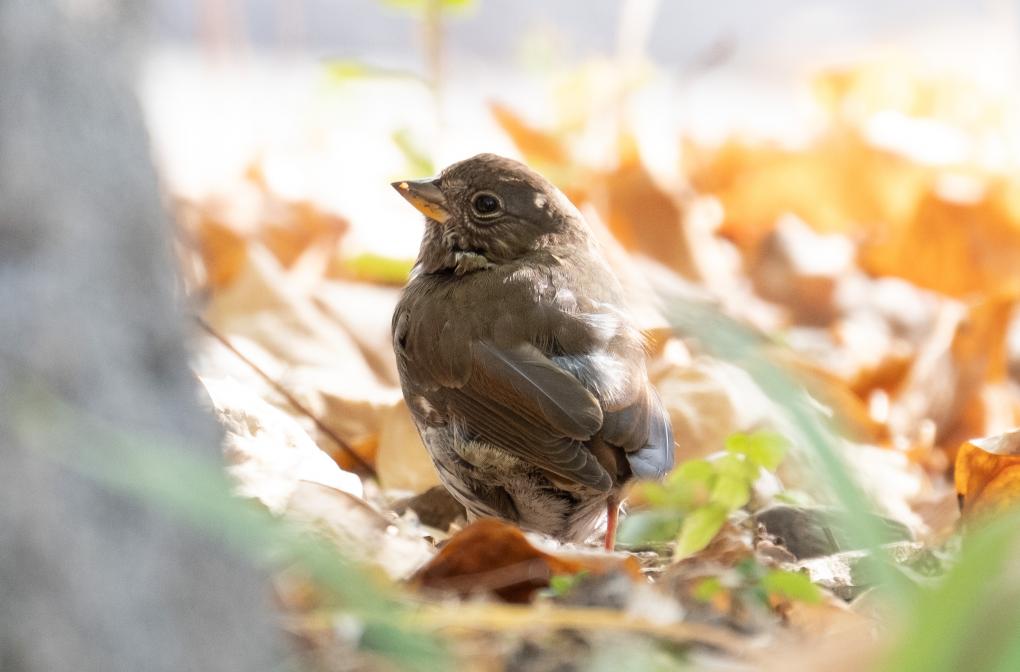

 Once they've cut off escape routes for the fish, they all tip together to feed. I'd love to know what signal they use; they all tip simultaneously.
Once they've cut off escape routes for the fish, they all tip together to feed. I'd love to know what signal they use; they all tip simultaneously.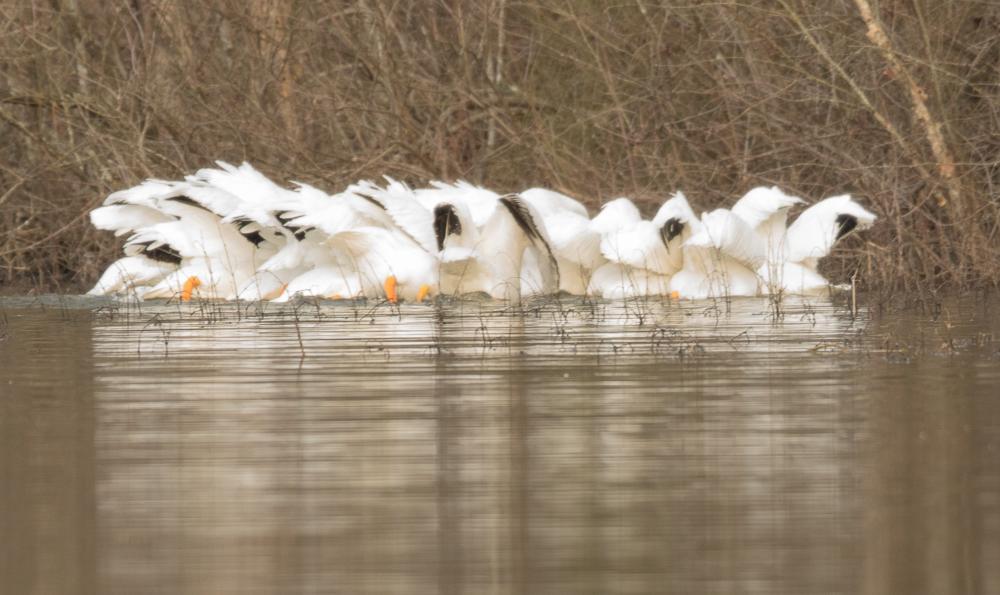 After a quick feeding frenzy, they head back out to open water, where they'll repeat the cycle a few minutes later.
After a quick feeding frenzy, they head back out to open water, where they'll repeat the cycle a few minutes later.
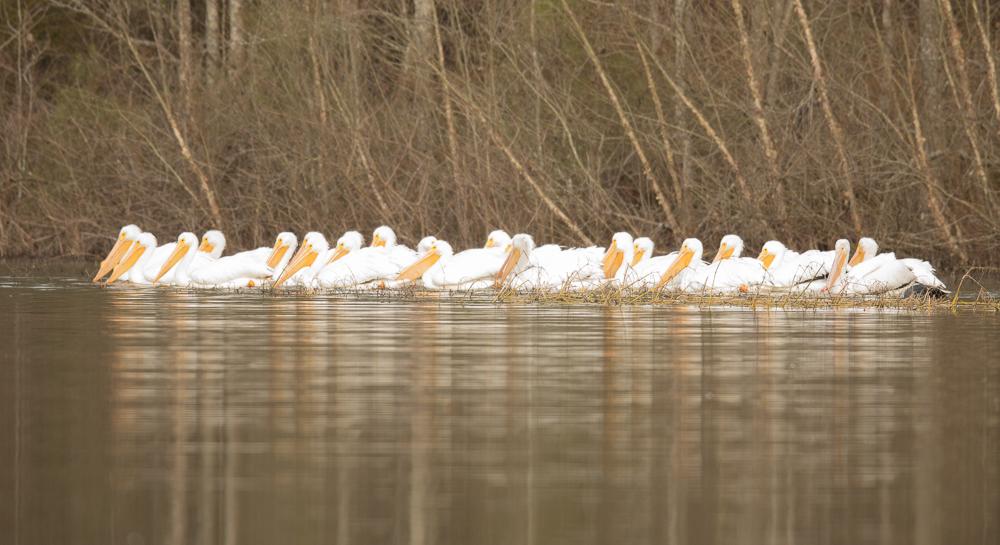
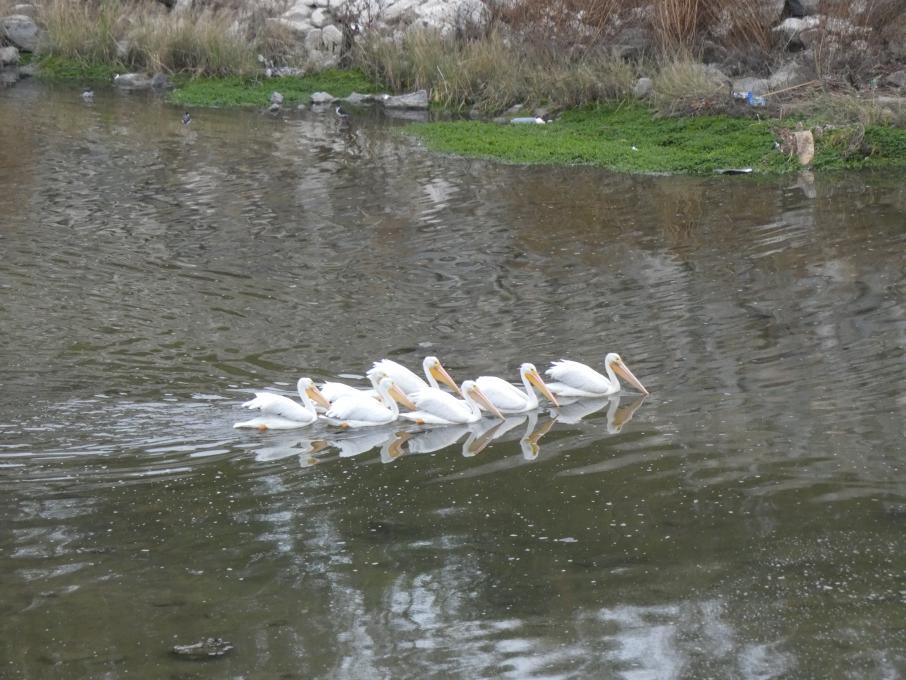


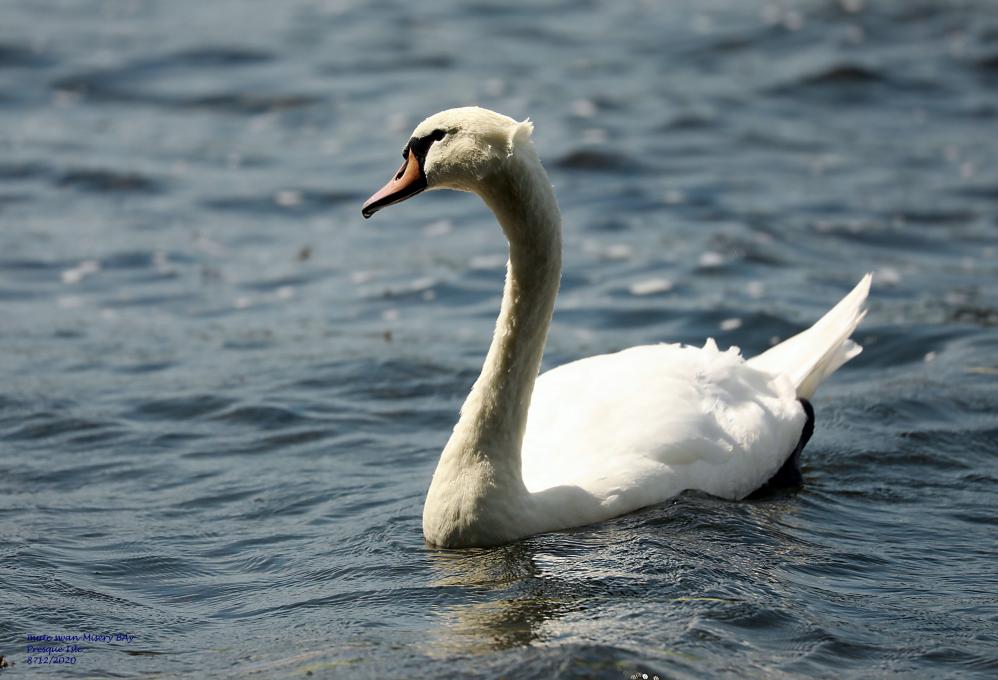
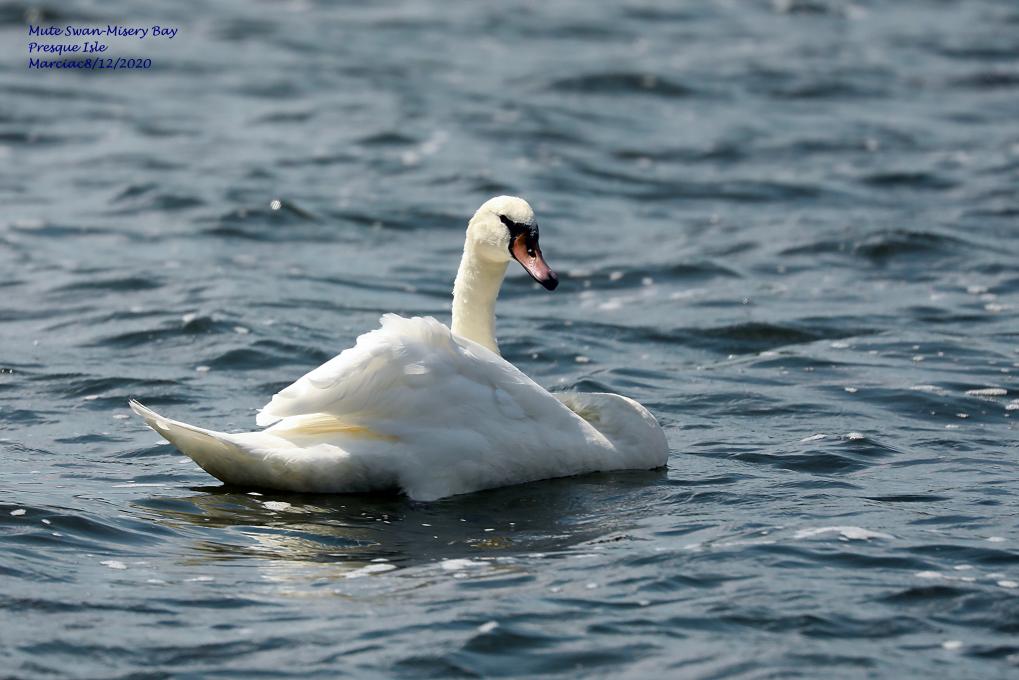

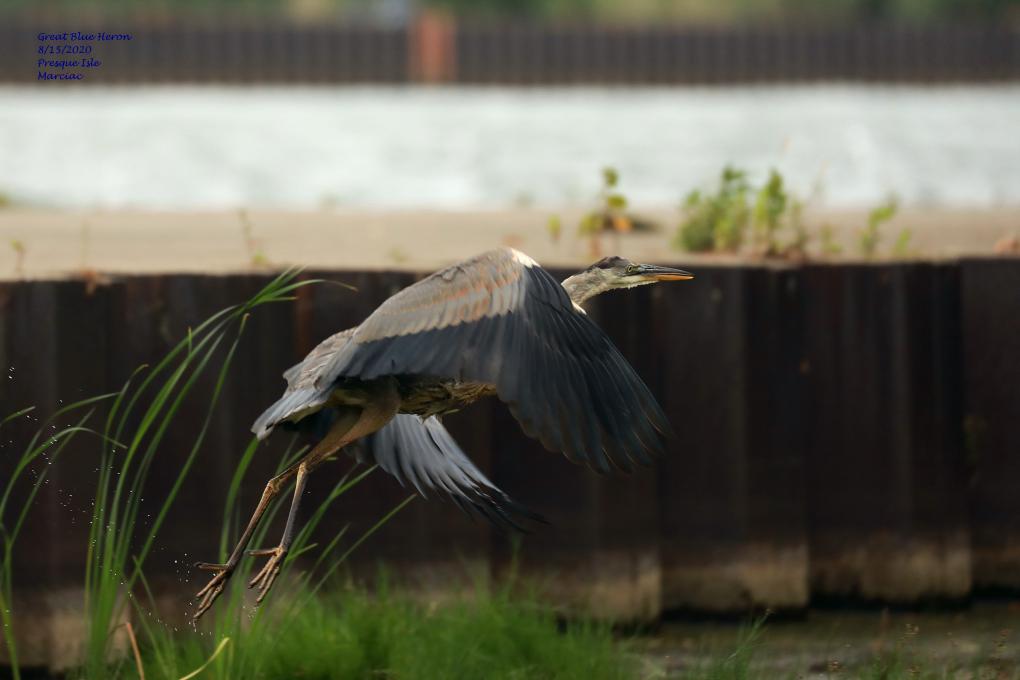
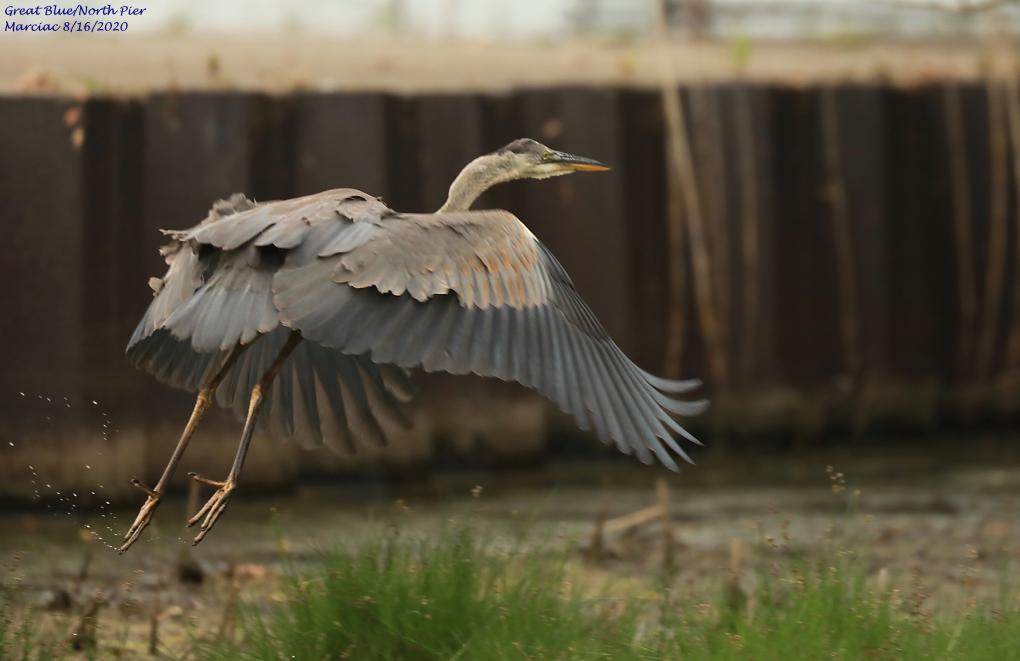
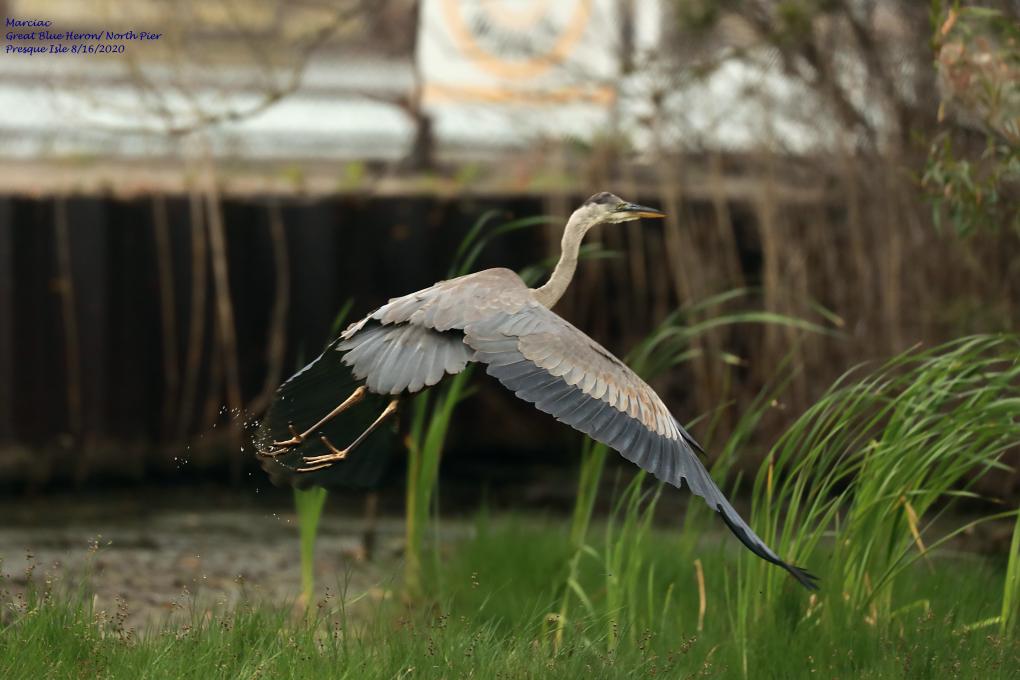
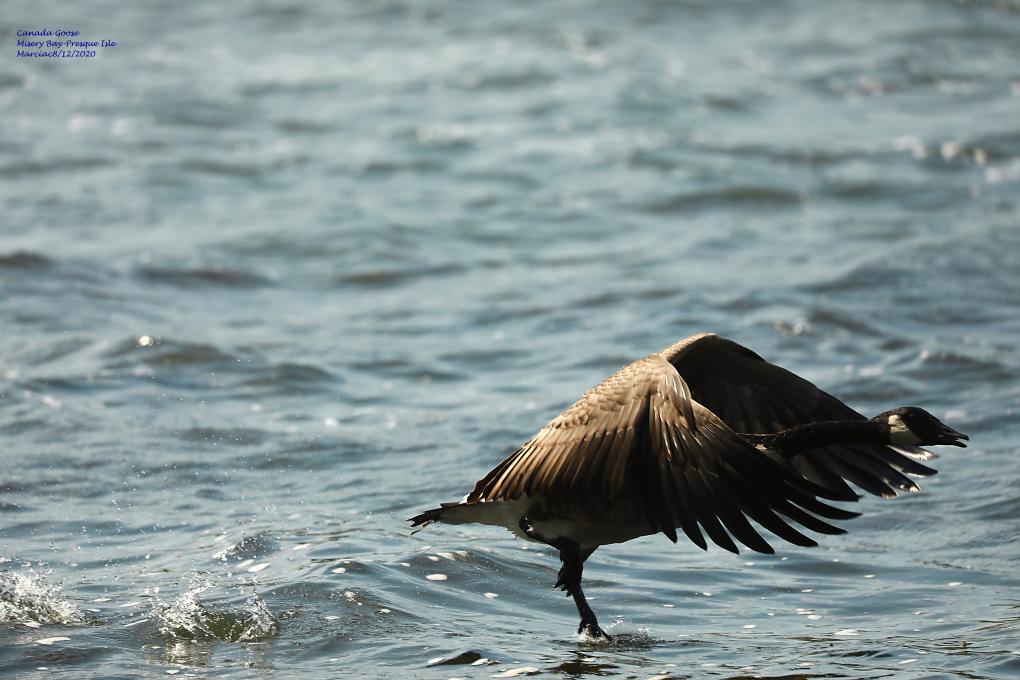

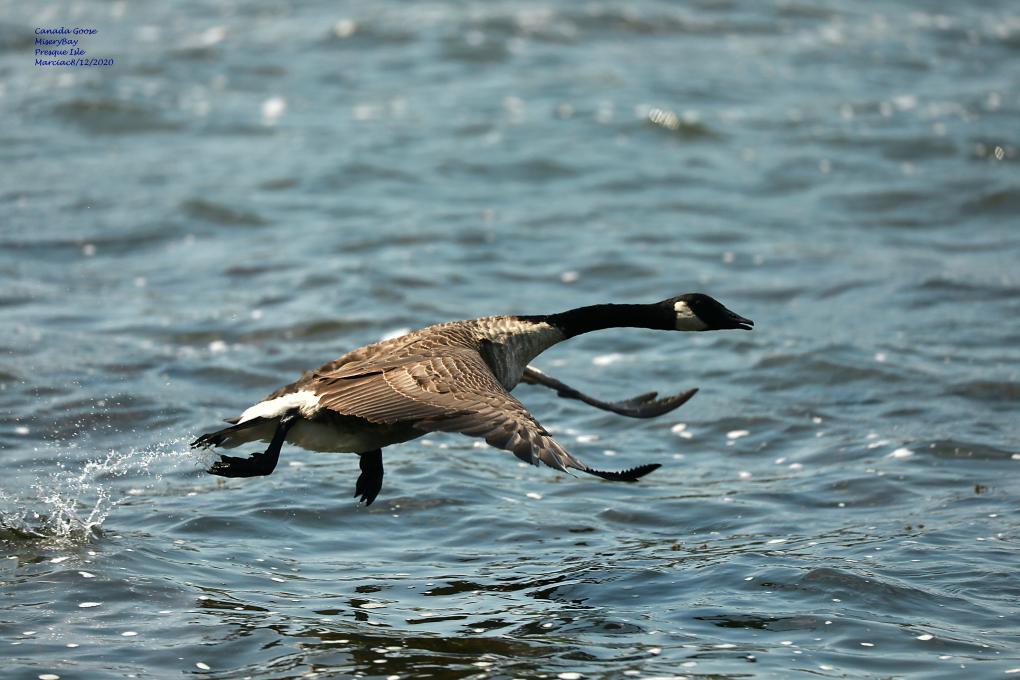
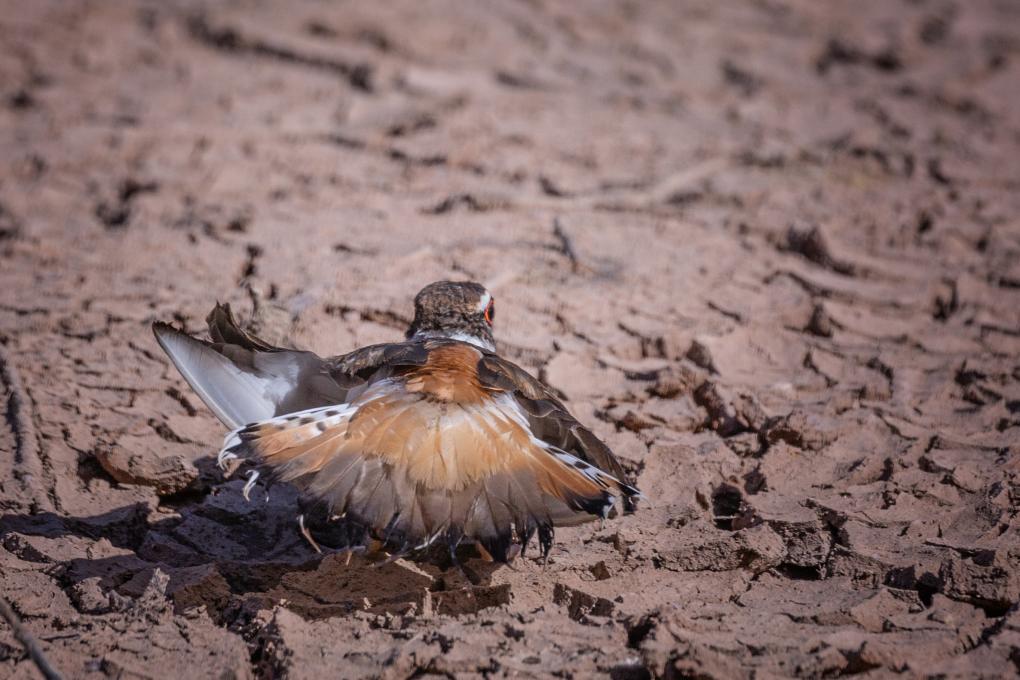
 When the bird had the predator's attention, he turned his tail and displayed the threatening orange color of the rump. He then crouched, drooped his wings, and lowered his tail. With increasing intensity, the wings are held higher, & the tail fanned out. Accordinging to Wikipedia, this is done to protect a chick that is likely to fledge, since sadly, about 53% of eggs are lost to predation by various birds and mammals. This image was taken at Gilbert Water Ranch in Phoenix, AZ.
When the bird had the predator's attention, he turned his tail and displayed the threatening orange color of the rump. He then crouched, drooped his wings, and lowered his tail. With increasing intensity, the wings are held higher, & the tail fanned out. Accordinging to Wikipedia, this is done to protect a chick that is likely to fledge, since sadly, about 53% of eggs are lost to predation by various birds and mammals. This image was taken at Gilbert Water Ranch in Phoenix, AZ.